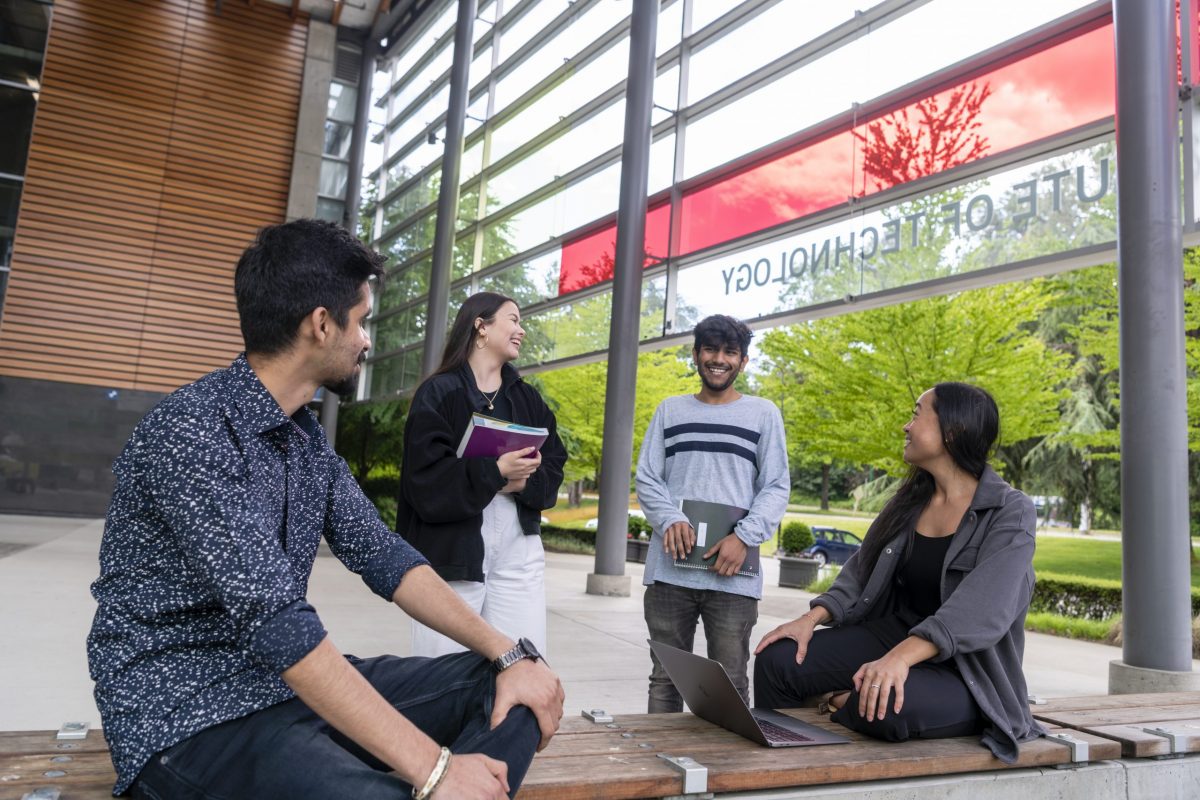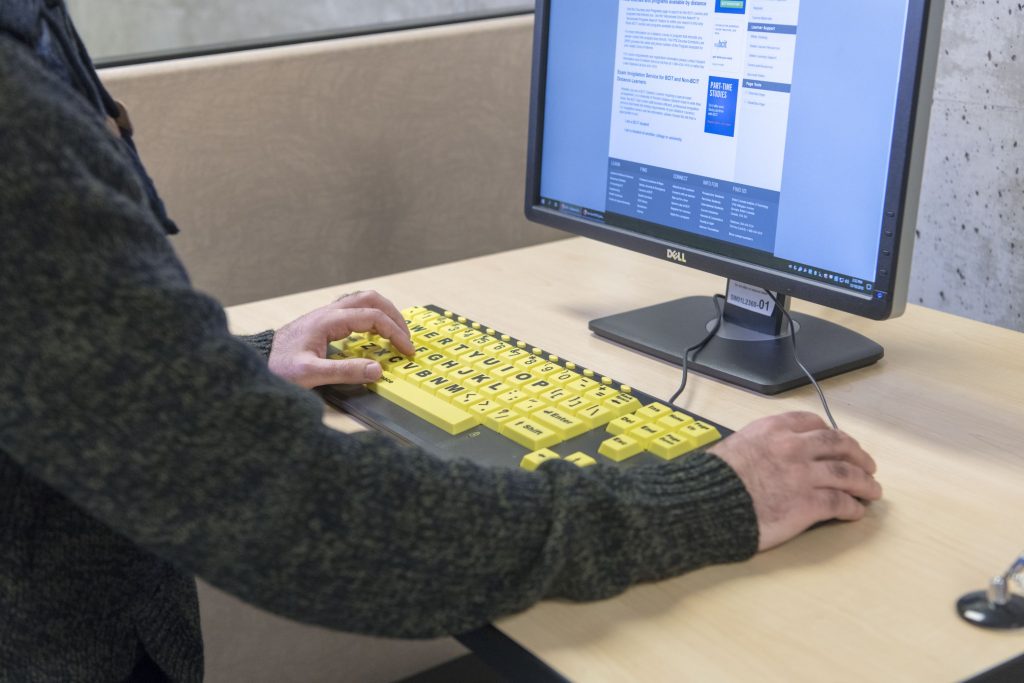BCIT is a people-focused organization committed to ensuring equitable and accessible education for all its students. Transitioning to post-secondary education is an important and rewarding yet challenging process for many people. As a student with disabilities or medical conditions, you may face additional considerations that require extra planning, resources, and support to succeed in your educational journey. At BCIT, Accessibility Services is available to provide you with resources for support.
Here are eight factors to consider when transitioning to post-secondary education at BCIT.
- Engage at an early stage: Contact Accessibility Services as soon as you have been accepted, registered, or require a pre-entry test. Ideally, reach out 4-6 weeks before your need for accommodations. If your accommodations may require additional time, such as Braille textbooks or specific physical access needs, it is recommended to register at least 4-6 months in advance.
- Complete the registration process: To receive accommodations, register with Accessibility Services by providing medical documentation, and by completing the BCIT Medical Form, and the Student Intake and Self-Assessment Form at the Accessibility Services online portal. Afterwards, you should book an appointment with a Vocational Rehabilitation Specialist (VRS). If needed, you will continue to meet with the same VRS throughout your time at BCIT. You will be responsible for contacting them every term to review and update your Individual Accommodation Plan (IAP).
- Understand academic accommodations Academic accommodations are individualized modifications that help students remove barriers that may impact their academic success. Examples include note-taker assistance, extra test time, and alternate format learning resources, among others. It must be highlighted that the accommodations must not compromise the essential requirements of a course or program. Therefore, Accessibility Services will work with the faculty to provide you with the required accommodations without affecting the essential learning outcomes.
- Evaluate if you need assistive technology: Assistive technology will greatly help you reduce barriers and keep you focused on your educational goals. Examples include Read&Write software, text-to-speech, and speech-to-text. Eligible students can receive help with learning how to use these tools.

Student using a high contrast keyboard for an exam - Research courses and programs: Review program/course overviews, required knowledge or skill areas to find the right fit for you. Dive deep into the course outlines to learn about course learning outcomes, evaluation criteria, attendance requirements, learning resources, course-specific requirements, course schedules, and assignments. You may also want to consider the academic dates and flexible learning key registration dates for information on specific term schedules.
- Consider the workload between part-time vs full-time programs: Students in full-time programs at BCIT can take between seven to eight courses each term. Students with disabilities may be eligible for modified programs or reduced course loads, while others may consider part-time courses to build skills gradually and acquire knowledge at their own pace.
- Balance well-being and success: It is important that you understand and consider your strengths and weaknesses, as well as the course or program components and essential learning outcomes, to figure out if accommodations would likely help you manage existing barriers in achieving your academic goals. Learn what to expect when transitioning to BCIT, check the Student Services available at BCIT to support you, and remember that maintaining a proper balance between your wellness and your success in school is important to manage symptoms and limitations.
- Evaluate your financing options: Financing education and day-to-day life can be challenging; therefore, it is important to evaluate the resources available at BC.
-
- StudentAid BC offers financial assistance through full-time and part-time Canada Student Loans for eligible students with permanent disabilities.
- The Permanent Disability Programs Grant Application: Appendix 8 provides non-repayable funds for eligible students with documented permanent or chronic disabilities, covering educational costs and equipment/services.
- Students in apprenticeships may be eligible for Employment Insurance benefits and other financial support, including the Apprenticeship Incentive Grant.
By understanding the importance of self-advocacy, advanced planning, and exploring the resources and accommodations available, you can successfully navigate the transition to post-secondary education, excel in your chosen field, and get ready for a bright future at BCIT.


Great introduction to the services offered for individuals with disabilities with lots of referrals and great leads for someone new to BCIT and/or higher education. Thanks for this summary!